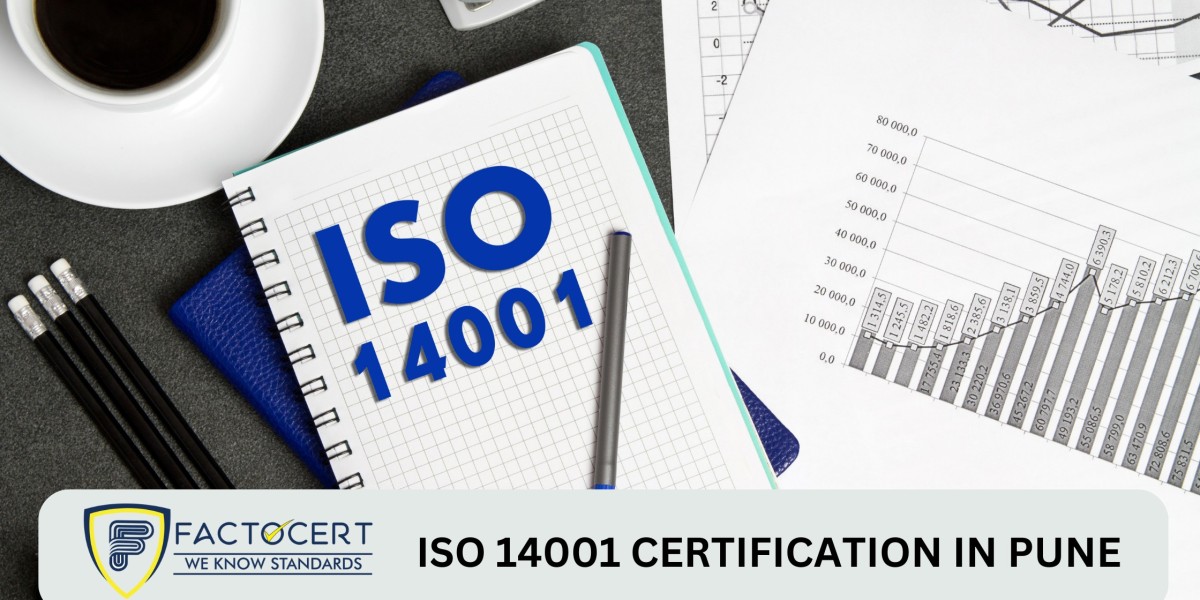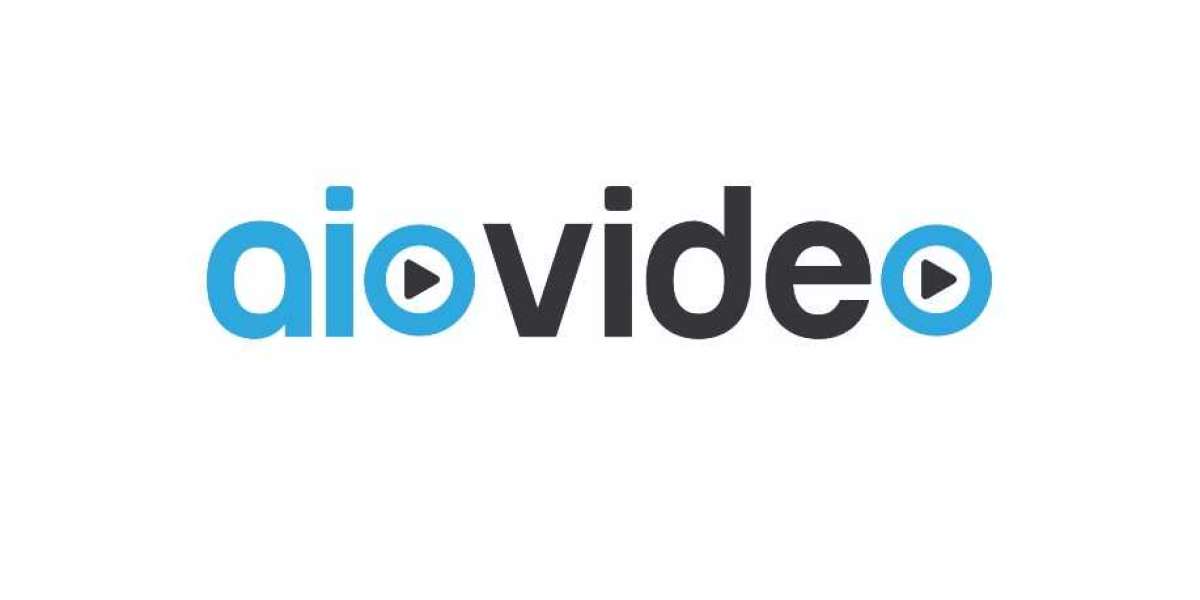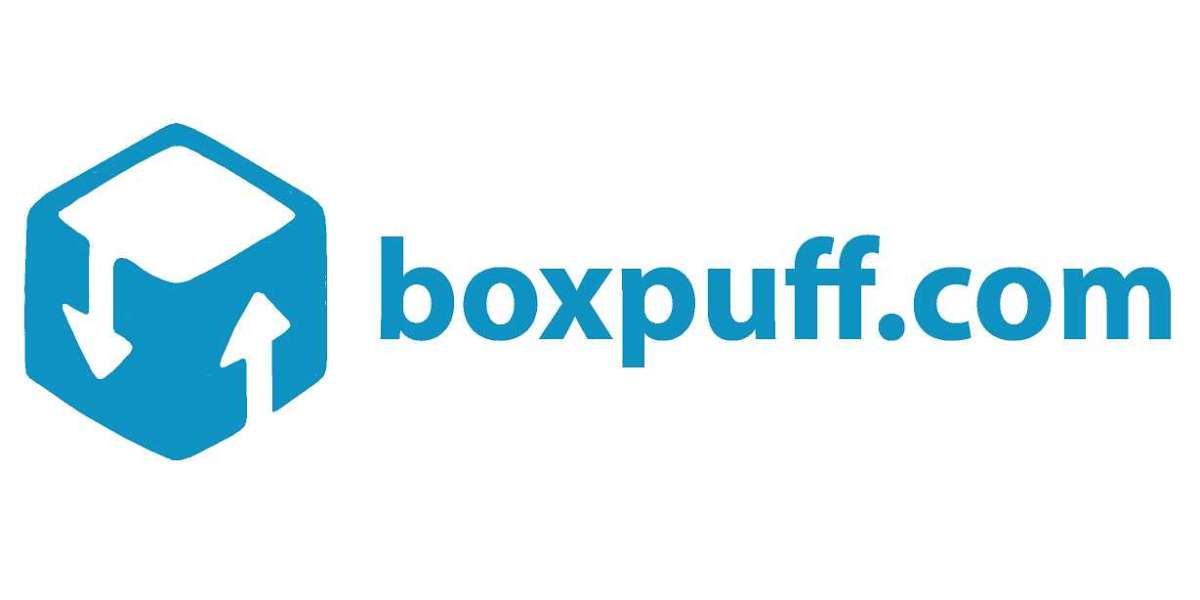Many companies make substantial investments in equipment. Rather than immobilizing significant amounts of capital to buy the required equipment, small and large businesses often find value in equipment financing. This approach allows them to preserve their cash, secure the necessary equipment, and structure payments in accordance with the assets' useful lifespan.
Equipment financing involves securing a loan or lease to obtain the necessary business equipment. Businesses can utilize equipment financing to acquire nearly any item essential for their operations, excluding real estate. This financing method can be employed to procure a wide range of items such as company vehicles, technology, manufacturing machinery, office furnishings, medical equipment, construction expenses, and various other essentials needed to operate their enterprises.
This blog post will discuss seven fundamental aspects you should consider before taking an equipment loan.
#1 Loans Are Widely Available
One unique aspect of business equipment loans is their widespread availability. Regardless of its past, any company can apply for one of these loans, depending on their preferred equipment loan rates. Lenders are more willing to extend credit to a wider variety of borrowers since their initial investment and the equipment serve as collateral.
Transportation equipment, information technology and related services, construction equipment, agricultural equipment, industrial and manufacturing machinery, medical equipment, office machines, materials handling equipment, and energy-related equipment are just some of the many fields that benefit from these equipment loans.
#2 Equipment Leasing and Equipment Financing
As an alternative to equipment financing, lenders may offer equipment leasing. With equipment leasing, you hire the machinery or tools from a supplier, bank, or other organization that specializes in financing this type of purchase. You may return the equipment at the end of the lease, renew the lease, or purchase the equipment.
One positive aspect of equipment leasing is that it may assist in saving money and making the most of an investment. For example, a piece of equipment typically loses value and productivity as it ages, so hiring it for only a short amount of time could turn out to be a prudent decision. Some equipment leasing organizations also provide the option to purchase the equipment at the conclusion of the lease term for its current market price.
On the other hand, if you intend to use the equipment for an extended period, equipment leasing may be more expensive than financing. Leasing is an excellent option for equipment that will be utilized for less than 36 months. If you plan to use it for an extended period, purchasing it may make more sense.
#3 Helps Build Credit
While any type of equity borrowing can help boost your business credit, choosing an equipment loan can make the process easier and faster. These loans are often available even if your business has not previously been profitable. However, it is vital to find out which credit bureaus the lender reports to and whether they disclose business loans.
#4 Provides Flexible Financing
You can avoid having to commit substantial cash reserves to the acquisition of equipment by using equipment financing. With this loan, the expense is spread out over the loan's term, which can range from three to ten years. The longer you retain the loan, the greater the entirety of interest you will pay. This, however, can make monthly payments more manageable.
#5 Prerequisites For Equipment Financing
Most lenders establish specific criteria to secure financing for business equipment. Initially, the lender will assess the worth of the equipment you intend to finance. In the case of new equipment, many lenders will consider the sale price as the basis for lending value.
However, if your business intends to acquire used equipment, a lender may demand an appraisal of the equipment. It might be necessary for you to furnish photographs and serial numbers to aid in their valuation of the equipment.
#6 Debt Service Coverage
Apart from assessing the equipment's value, the lender may stipulate a requirement known as 'debt service coverage.' This entails scrutinizing your business's financial records to ensure that you possess an adequate cash flow to manage the monthly obligations tied to the equipment loan effectively.
Furthermore, the lender will evaluate the extent to which the equipment will enhance your business's revenue potential and assess this value in relation to the monthly debt obligations.
#7 Interest Rates Can Exhibit A Difference Of Up To 2%
Unlike mortgages, equipment finance interest rates are subject to competition among banks and financial institutions. Therefore, it is beneficial to engage in comparison shopping or enlist the services of a finance broker who can handle this process on your behalf.
Securing a 2% interest rate reduction on a $300,000 equipment loan spanning five years could result in savings exceeding $330 per month, amounting to a total of $20,000 throughout the entire loan term.
Final Thoughts
Numerous business proprietors view the acquisition of equipment as a crucial aspect of business ownership and operation. However, the price tag can reach tens or even hundreds of thousands of dollars depending on the required equipment.
Equipment loans enable enterprises to obtain funds for the acquisition of necessary machinery and equipment. While they are useful in a variety of situations, it is essential to recognize their drawbacks and assess other options.








